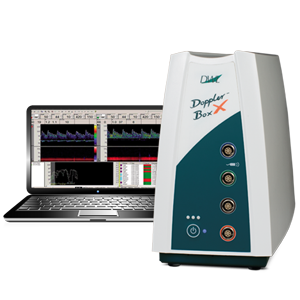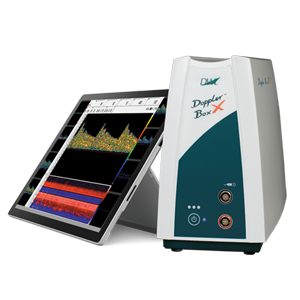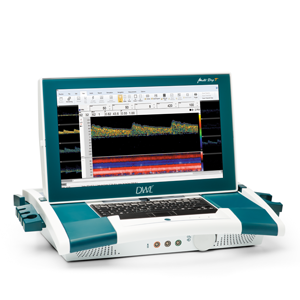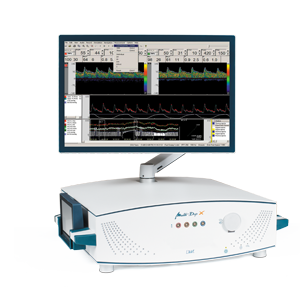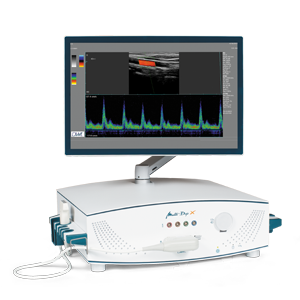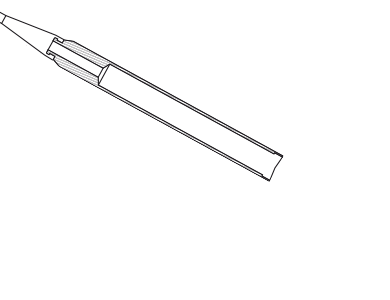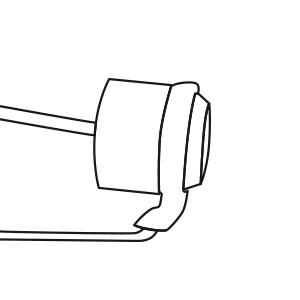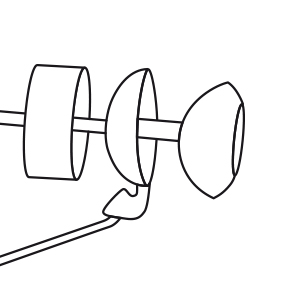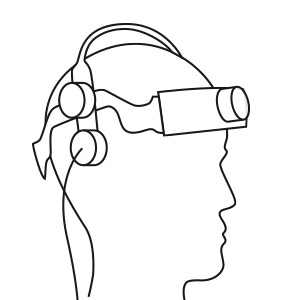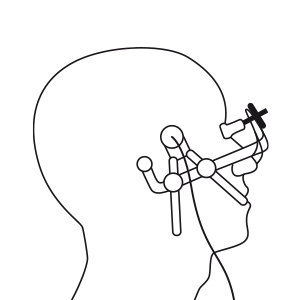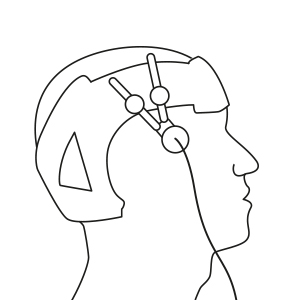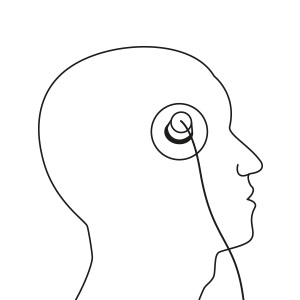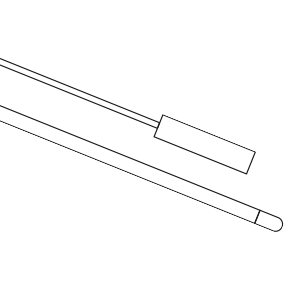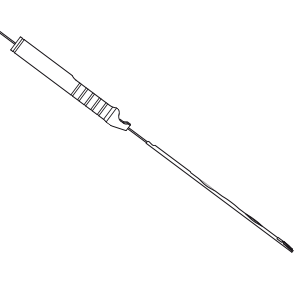Unique Doppler technology. Versatile in use.
Doppler technology with Doppler M-Mode, 1, 2, 2+2.5, 4, 8 and 16 MHz and 5–12 MHz Doppler frequencies for transcranial (TDC), extracranial, peripheral and microvascular examinations as well as emboli detection, emboli differentiation and specific functional tests.
The excellent signal quality of the digital DWL system with minimum ambient noise, the outstanding HD image quality and the Doppler B mode allow fast detection of vessels as well as precise ultrasonic treatment and exact diagnosis.
With the DWL Doppler technology, substantial pathological changes and high flow velocities up to 1,200 cm/s associated therewith can be measured which could not be displayed previously. In combination with 2 and 4 MHz probes, DWL Doppler systems offer all possibilities for the examination of disorders in cerebral blood circulation and reliably support the diagnosis and treatment of vascular anomalies, constrictions and occlusions. In combination with an 8 MHz probe, a cost-efficient diagnostic method for diseases and disorders of the peripheral vascular system is offered. With a 16 MHz probe, intra-operative examinations can be carried out directly on blood vessels. This method enables the surgeon to perform a quality control of intra-operative clips following aneurysm operations as well as for various vascular anastomosis techniques.
With the aid of the specifically developed 2+2.5 MHz probes for the differentiation of microemboli, solid and gaseous emboli can be detected and analysed. The 5-12 MHz linear array probes for the Multi-Dop X with color Doppler serve to conduct carotid duplex measurements in the B mode, in the color Doppler mode and in the Triplex mode.
With the probe fixations developed by DWL, there is a range of possibilities for continuous monitoring and recording of cerebral blood flow.
- Excellent signal and image quality
- Doppler M-Mode
- Flow velocities up to 1.200 cm/s
- Transcranial: 2 MHz
- Extracranial: 4.5–12 MHz
- Peripheral: 8 MHz
- Microvascular: 16 MHz
- Emboli detection and differentiation: 2+2.5 MHz
- Specific functional tests







